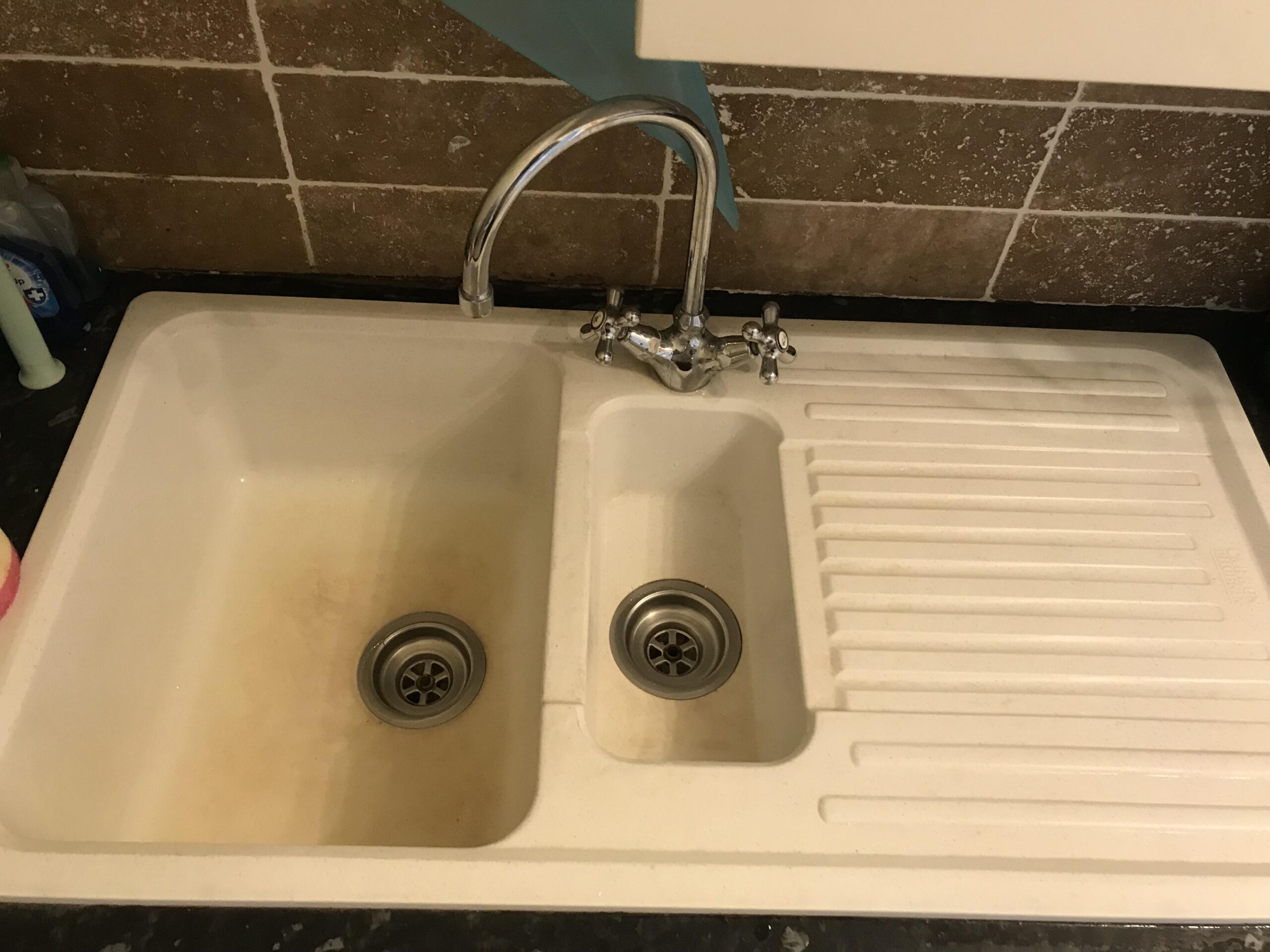Keeping your kitchen clean and hygienic is essential for maintaining a healthy home. One of the most used and often overlooked areas in the kitchen is the sink. A dirty sink not only looks unsightly but can also harbor harmful bacteria and germs. If you have a plastic sink, it may require some special care and attention to keep it looking its best. In this article, we will discuss the best ways How to clean a plastic sink and maintain its shine.
1. Gather Your Supplies and Prepare the Sink
Before you start cleaning your plastic sink, gather all the necessary supplies. You will need dish soap, baking soda, white vinegar, a soft sponge or cloth, and a scrub brush. Make sure to use gentle cleaning products as harsh chemicals can damage the plastic material. Once you have your supplies ready, follow these steps to prepare your sink for cleaning:
a) Remove Any Debris
The first step is to remove any debris or food particles from the sink. Use a paper towel or a small brush to wipe away any loose crumbs or dirt. This will make it easier to clean the sink and prevent clogging your drain.
b) Rinse with Warm Water
Next, rinse the sink with warm water to remove any remaining debris. This will also help loosen any stubborn stains or grime.
c) Apply Dish Soap
Squirt a few drops of dish soap onto a damp sponge or cloth and gently scrub the entire surface of the sink. Pay extra attention to areas with visible stains or buildup. Dish soap is gentle enough to use on plastic sinks and will effectively remove grease and grime.
2. Use Baking Soda for Stubborn Stains
If your plastic sink has tough stains that won’t come off with dish soap, try using baking soda. Baking soda is a natural abrasive that can help remove stubborn stains without damaging the sink’s surface. Here’s how to use it:
a) Make a Paste
Mix equal parts of baking soda and water to create a paste. The consistency should be thick enough to stick to the surface of the sink.
b) Apply and Scrub
Using a soft sponge or cloth, apply the baking soda paste to the stained areas of the sink. Let it sit for a few minutes, then scrub gently in a circular motion. Rinse with warm water and repeat if necessary.
c) Use Vinegar for Extra Cleaning Power
For tougher stains, you can add some white vinegar to the baking soda paste. The acidic properties of vinegar will help break down grease and grime, making it easier to remove.
3. Deodorize with Lemon and Salt
If your plastic sink has an unpleasant odor, you can use lemon and salt to deodorize it. Lemons have natural antibacterial properties and can help eliminate any lingering smells. Here’s how to do it:
a) Cut a Lemon in Half
Cut a lemon in half and sprinkle some salt on one half.
b) Scrub the Sink
Use the lemon half with salt to scrub the entire surface of the sink. The salt will act as a gentle abrasive, while the lemon will leave a fresh citrus scent.
c) Rinse and Dry
Once you’ve scrubbed the entire sink, rinse it with warm water and dry it with a clean cloth. This method not only deodorizes the sink but also leaves it looking shiny and clean.
4. Prevent Stains and Scratches
Prevention is always better than cure when it comes to keeping your plastic sink clean. Here are some tips to prevent stains and scratches on your sink:
a) Avoid Harsh Chemicals
Avoid using harsh chemicals or abrasive cleaners on your plastic sink as they can cause discoloration and scratches. Stick to gentle cleaning products like dish soap and baking soda.
b) Rinse After Use
After using your sink, make sure to rinse it with warm water and wipe it dry with a clean cloth. This will prevent any stains or buildup from forming.
c) Use a Sink Mat
Consider using a sink mat to protect the bottom of your sink from scratches and stains. This is especially useful if you frequently wash heavy pots and pans in your sink.
FAQs
Q: Can I use bleach to clean my plastic sink?
A: No, bleach is too harsh for plastic sinks and can cause discoloration and damage.
Q: How often should I clean my plastic sink?
A: It’s best to clean your sink at least once a week to prevent buildup and maintain its shine.
Q: Can I use a scouring pad to clean my plastic sink?
A: No, scouring pads are too abrasive for plastic sinks and can cause scratches. Stick to soft sponges or cloths for cleaning.
Q: My plastic sink has yellow stains, how do I remove them?
A: Yellow stains on plastic sinks are usually caused by coffee or tea. You can use a mixture of equal parts vinegar and water to remove them.
Q: Is it safe to use hot water on a plastic sink?
A: Yes, plastic sinks can withstand hot water without getting damaged. However, avoid using boiling water as it can cause warping.
Conclusion
Cleaning a plastic sink may require some extra care and attention, but with the right methods and products, you can keep it looking sparkling clean. Remember to use gentle cleaning products, avoid harsh chemicals, and regularly maintain your sink to prevent stains and scratches. With these tips and tricks, your plastic sink will be a shining centerpiece in your kitchen.

